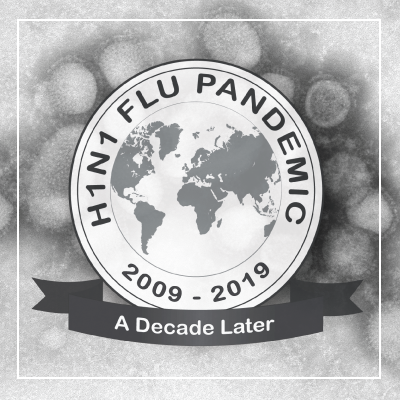Flu Pandemic: Are We Prepared?

Influenza and its ever-present potential to cause global outbreaks of disease, or “flu pandemics,” poses one of the world’s greatest infectious disease challenges. Pandemics happen when new (novel) influenza A viruses emerge which are able to infect people easily and spread from person to person in an efficient and sustained way. People may have little or no immunity to the pandemic virus, so the consequences can be severe. Four influenza pandemics occurred in the past century: 1918, 1957, 1968, and 2009. The 1918 pandemic was the most severe, killing 675,000 Americans and at least 50 million people worldwide.
CDC is working to protect Americans and the global community from the threat of a future flu pandemic, which could cause many more illnesses, hospitalizations and deaths than are seen during seasonal flu outbreaks and which could overwhelm the U.S. health care system. So, how prepared are we for the next flu pandemic? Many scientific and medical advances have been made to fight seasonal and pandemic flu. Developments since the 1918 influenza pandemic include vaccines to prevent flu, antiviral drugs (which are the main treatment for flu), and a global influenza surveillance system with 114 World Health Organization member states that constantly monitor flu activity. There is also a much better understanding of non-pharmaceutical interventions that help slow the spread of flu, such as social distancing, respiratory and cough etiquette and hand hygiene.
The advances in pandemic preparedness and response are great, but there is still much to do to improve U.S. and global readiness for the next flu pandemic. This includes more broadly effective tools to prevent and treat flu. Better surveillance of flu viruses in animals is also needed. The 1918 pandemic centenary gives us an opportunity to explore the historic impact of this event and also reminds us that influenza is unpredictable and has the potential to cause devastating harm. CDC is committed to preparing for and responding to future flu pandemics. An effective response will save lives and diminish the potential for social and economic turmoil.
